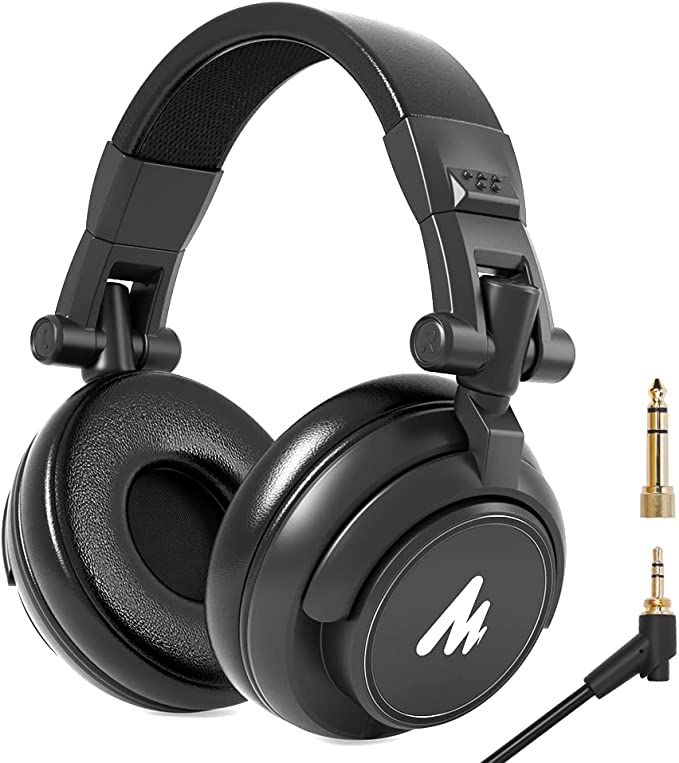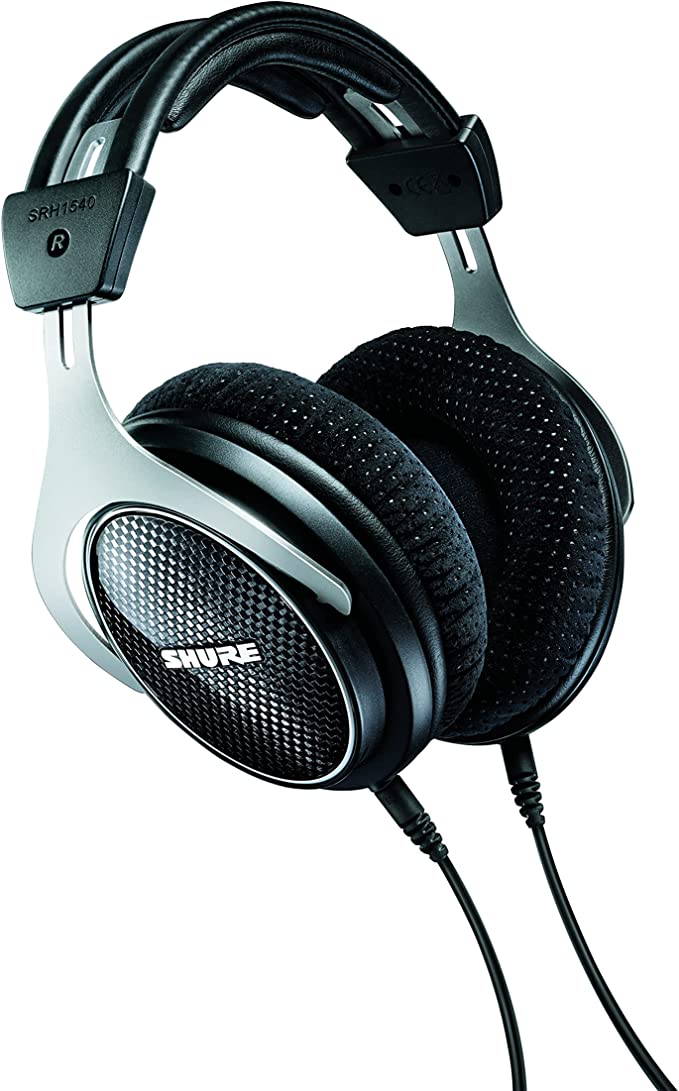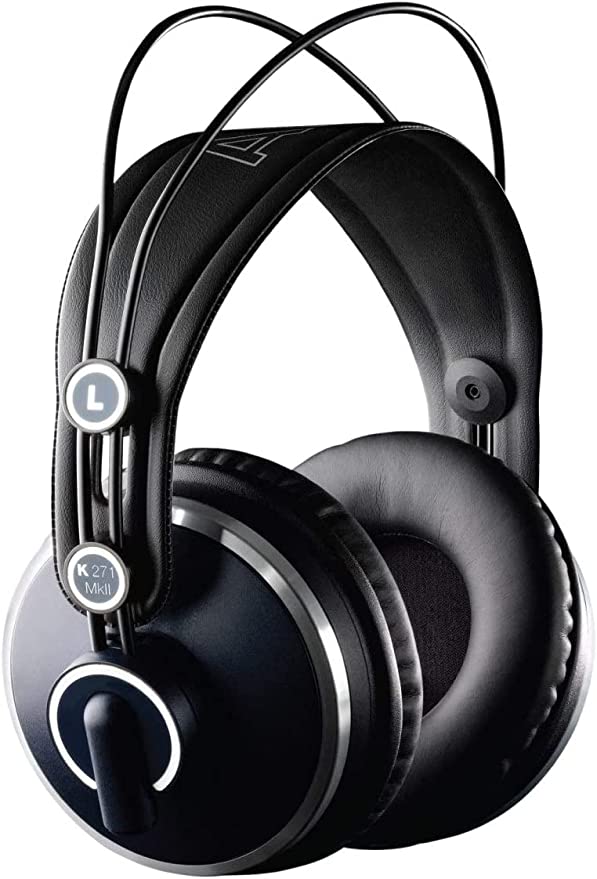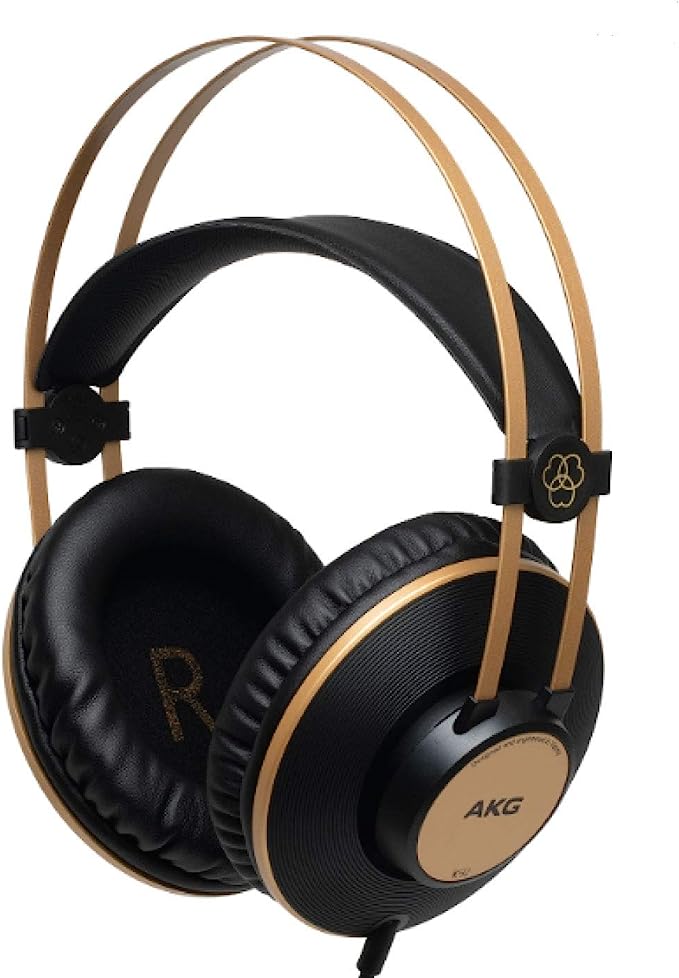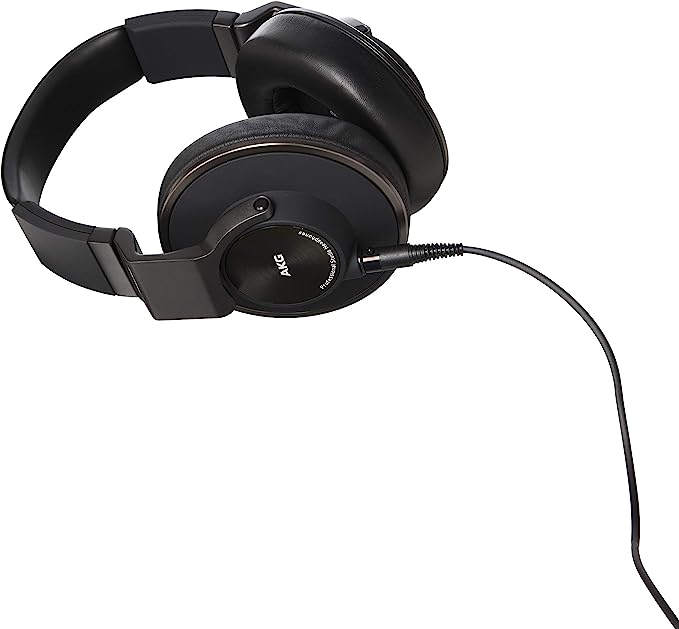The Studio Standard: Decoding the 30-Year Legacy of the Sony MDR-7506
Update on Nov. 14, 2025, 10:02 a.m.
Walk into almost any professional recording studio, radio station, or film production set in the world, and you will see them. Draped around necks, hanging off mixing consoles, tossed unceremoniously onto desks. They are the Sony MDR-7506.
First released in 1991, this $85, wired headphone is an anomaly in a high-tech world. It is not wireless. It has no app, no active noise cancellation, and no microphone. Its design is a holdover from a different era.
Yet, with over 24,000 ratings averaging 4.7 stars, and 4,000+ purchased in the last month, it remains one of the most popular and trusted headphones on the planet. This isn’t nostalgia. It’s a testament to a “first principles” design that solved a timeless problem. This is a look at why this 30-year-old design became, and remains, the “industry standard.”
It’s a Tool, Not a Toy: Decoding “Flat Response”
The primary disconnect for new buyers is the sound. If you’re used to consumer headphones (Beats, AirPods, or even other Sony models) that are tuned to make music sound “fun,” the MDR-7506 will sound sharp, clinical, and “boring.”
This is its most important feature.
The MDR-7506 is a studio monitor. Its purpose is not flattery; it’s honesty. It is engineered for a “flat frequency response,” meaning it attempts to reproduce the audio signal exactly as it was recorded, without adding its own personality. * Consumer headphones often “scoop” the mids and boost the bass, making everything sound powerful and exciting. * Studio monitors are designed to be revealing. They have a “forward” midrange and a clear treble that exposes flaws in a recording—a slight hiss, a “pop” in a vocal, or a muddy bassline.
As one reviewer (“Jonathan”) put it, “The audio response is very well balanced: no piercing highs, no enveloping mids, no muddy/overpowering bass. Every single nuance is represented with pristine clarity.” This is why engineers trust it. If you can make a mix sound good on a 7506, it will sound good anywhere.

The “Studio” Engineering
Every physical part of the MDR-7506 is a pragmatic, purpose-built engineering choice, not a stylish one.
1. The “Why”: Closed-Back Design
The MDR-7506 is a closed-ear design. This is non-negotiable for its intended use. The design creates a seal around the ear, which achieves two critical goals for recording:
1. Isolation (for the user): It physically blocks external noises, allowing an engineer to focus on the mix.
2. Isolation (from the mic): It prevents the headphone’s “click track” or music from leaking out and bleeding into the live microphone during a vocal take.
2. The Hardware: 40mm Drivers & Neodymium Magnets
The clarity of the 7506 is driven by its 40mm drivers and neodymium magnets. Neodymium is a powerful rare-earth magnet that, compared to older magnet types, provides a stronger magnetic field. This gives the driver more control and a faster transient response—the ability to start and stop the driver’s motion instantly. This is what allows it to reproduce the “crisp” highs and “detailed” sound that digital audio demands.
3. The “Flaw” (That’s Also a Feature): The Coiled, Non-Detachable Cord
Let’s be clear: the product data is riddled with errors. This headphone has no battery, and its cable is not detachable. The 9.8-foot coiled cord is a classic studio feature. It’s long enough to let an engineer move around a console, and the “coiled” nature keeps it from tangling under the wheels of an office chair. Its non-detachable, rugged design was built for durability, not for the convenience of swapping in a 3-foot cord for your iPhone.
4. The “Workhorse” Build
At ~230g (8.1 oz), it’s lightweight. It folds up, and it’s designed to be tossed in a bag. Its reputation is built on its reliability. It is, as the description says, “proven to be reliable in the toughest situations.”

The Real-World Trade-Off: The Earpads
After 24,000+ reviews, one trade-off is universally acknowledged: the earpads will flake. The thin, leather-like material provides a good acoustic seal, but it will disintegrate after a few years of heavy use.
This is not a fatal flaw. As one reviewer (“Jonathan”) noted, “replacement earpads are cheap, easy to find, and easy to install.” This is the key: the 7506 is a serviceable tool. The headphone’s drivers and build are so robust that they will outlive multiple sets of earpads. This is part of its design philosophy—a $15 set of replacement pads every few years is the expected maintenance for a tool that lasts decades.
The Great Debate: MDR-7506 vs. MDR-V6
You cannot discuss the 7506 without mentioning its nearly identical twin, the legendary MDR-V6 (first released in 1985). For decades, this was the #1 question for any audio prosumer.
As the top review (“Phil in Magnolia”) brilliantly analyzes, they are almost identical. They share the same 63 Ohm impedance and 106dB sensitivity. But they are not the same.
- The Sound: Phil notes the 7506 has a “slightly clearer treble and midrange,” while the V6 sounds “a bit warmer.”
- The Magnets: This is the physical reason for the sound difference. The MDR-7506 uses Neodymium magnets. The MDR-V6 (at least originally) used Samarium-Cobalt magnets.
- The Verdict: The V6, with its “warmer” sound and 5-30kHz range, was arguably a better “hi-fi” headphone for enjoying music. The MDR-7506, with its Neodymium drivers and “clearer” (10-20kHz) response, became the “Professional” choice because it is more analytical, more revealing, and more honest.
Coda: The Reference Point
The Sony MDR-7506 endures because it is not a headphone; it is a reference. It is the “control” in the scientific experiment of audio mixing. It’s the common language that allows an engineer in New York, a podcaster in Ohio, and a musician in Tokyo to all have the same baseline of “truth.”
It’s not the most “fun” headphone. It doesn’t have the “best” bass. It is simply the standard. And in a world of endless audio fads, “the standard” is the most valuable tool you can own.


